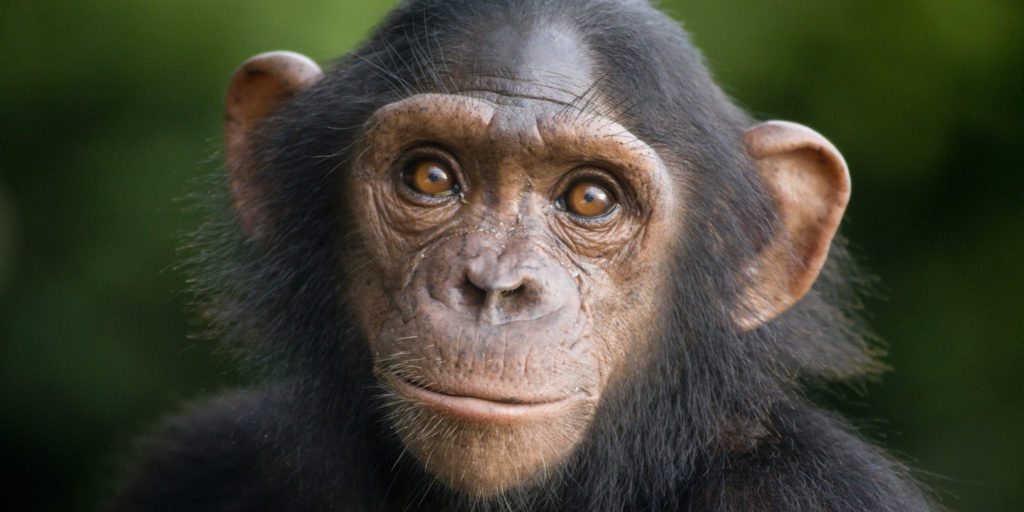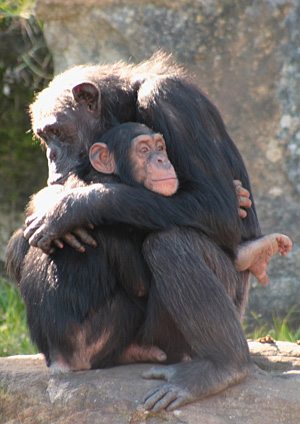
Our closest living relatives have suffered rapid population declines – and human activity is to blame
There are few animals that intrigue us quite as much as the chimpanzee, and with good reason. We share 98 per cent of our genes with these intelligent primates, making them our closest relatives. Affectionately known as chimps, they live in groups of several dozen individuals in the rainforests of Africa, where the thick canopy towers high above the dark jungle. They spend their days grooming each other on the forest floor or swinging from branch to branch in search of food.
 Sadly, chimpanzees have been listed as ‘Endangered’ by the IUCN for almost 20 years, and no conservation effort as yet has been successful in getting them out of the ‘danger zone’ and restoring populations to a safe level. In fact, the number of chimpanzees left in the wild has declined by at least 66 per cent over the last 30 years. It is not known exactly how many chimpanzees there are left in the wild, but estimates range from around 170,000 to 300,000 individuals.
Sadly, chimpanzees have been listed as ‘Endangered’ by the IUCN for almost 20 years, and no conservation effort as yet has been successful in getting them out of the ‘danger zone’ and restoring populations to a safe level. In fact, the number of chimpanzees left in the wild has declined by at least 66 per cent over the last 30 years. It is not known exactly how many chimpanzees there are left in the wild, but estimates range from around 170,000 to 300,000 individuals.
By spending their days picking at their favourite fruits and meandering through the forest, chimpanzees play an important ecological role. They are able to disperse the seeds that are too big for other animals to eat, helping to shape their environment and maintain biodiversity.
As is the case with almost all endangered animals, the impact of humans is to blame. Once abundant throughout the rainforests and wet savannahs of Africa, human activities have meant that chimpanzees are now extinct in four African countries following high exploitation and habitat destruction. The remaining populations desperately need our help.














